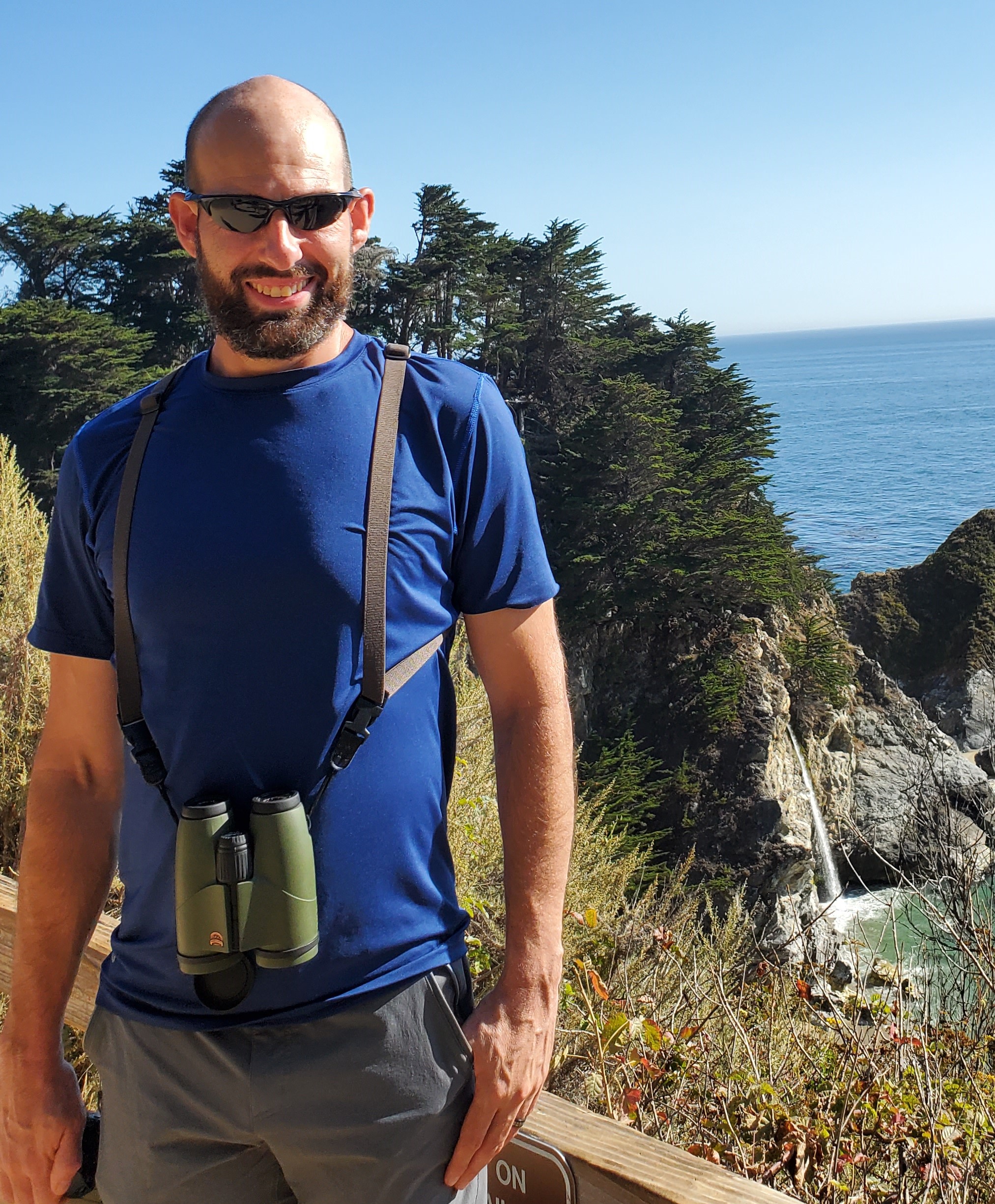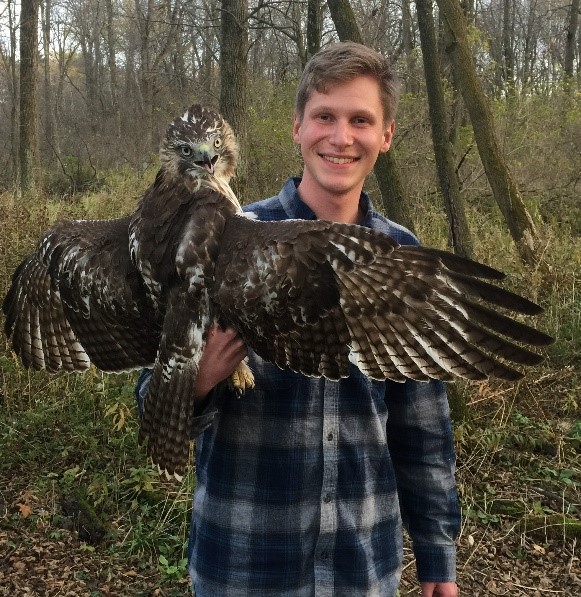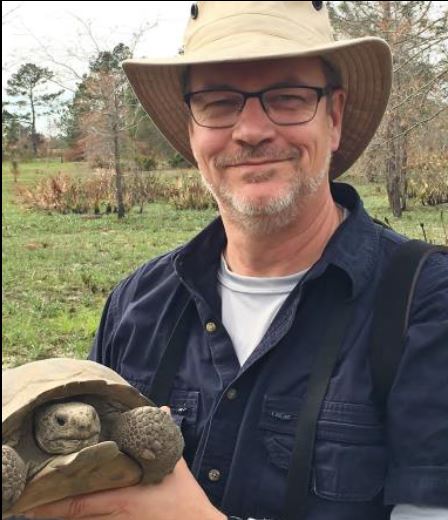Implementation of vegetation regimes to reduce wildlife strikes to aircraft at DOD airfields
Jacob Jung
Research Wildlife Biologist
US Army Engineer Research and Development Center (ERDC)
43 W. Orleans St
Jackson, Tennessee 38301
601 519 9028
Jacob.F.Jung@erdc.dren.mil
Richard Fischer
Research Wildlife Biologist
US Army Engineer Research and Development Center (ERDC)
3909 Halls Ferry Rd
Vicksburg, Mississippi 39180
502 454-4658
Richard.A.Fischer@erdc.dren.mil
Andrew J. Sharp
US Army Engineer Research and Development Center (ERDC)
3909 Halls Ferry Rd
Vicksburg, Mississippi 39180
601 642-5494
Andrew.J.Sharp@erdc.dren.mil
and
Paul Block
Senior Natural Resources Specialist/BASH Program Natural Resources Lead
U.S. Navy CNIC/NAVFAC
6506 Hampton Blvd.
Norfolk, Virginia 23508
757 327-9330
paul.a.block6.civ@us.navy.mil
Abstract: Bird strikes to aircraft on U.S. Department of Defense airfields continues to be a major concern in terms of both cost of damage to aircraft and loss of life. Vegetation management on airfields is one of several important tools for reducing the presence of high-risk Bird/Animal Aircraft Strike Hazard (BASH) species. The current paradigm for vegetation management on military and civil airfields is to maintain grass height between 7-14 inches (18-35cm). Many bird species in native habitats either prefer short or tall vegetation, and often do not heavily utilize the range in-between. A recent investigation completed by Jung and Fischer (2018), who analyzed more than 250,000 BASH strike records from the U.S. Navy, Air Force, and Civil databases from 2000-2016, suggests that taller grass (i.e., greater than 14 inches) management may significantly reduce suitable habitat for the most problematic species involved in aircraft-bird incidences in approach and departure zones on and near airfields. To test this hypothesis that tall vegetation is likely to deter many problematic bird species, we established four treatment blocks where mowing operations ceased and four control blocks where normal mowing operations continued. Each treatment and control block was approximately 65 acres and was located at an outlying field for helicopter training near Pace, FL (NAS Whiting Field-Site X). This study began in March 2022 and is ongoing through October 2023. We established observation points along the perimeter of the airfield where the control and treatment plots adjoined. This placement allowed for eight observation points in total, with two observation points per treatment or control plot. We observed all bird activity at each point for 10 minutes with aid of a spotting scope and binoculars from the bed of a truck for a total of 1,200 minutes between May-September 2022, a period in which grass heights were noticeably different between treatment and control. We recorded the general location of where birds were first observed within each plot. We applied hazard scores for each avian species according to a previous study by Pfeiffer et al. (2018) which quantified avian hazards to military aircraft, and then multiplied the score for each species by the total number of individuals observed on the airfield. Preliminary results from the 2022 season indicate that tall vegetation does deter some medium to large-bodied birds (e.g., crows) and has not attracted other problematic species (e.g., raptors) that often associate tall grass with hunting areas. The mean hazard score per observation period for all species observed in short vegetation plots (mean = 36.4) was approximately 1.75 times higher than that of tall vegetation plots (mean = 20.9). The mean number of individuals per observation period was also approximately 1.5 times higher in short vegetation (mean individuals = 2.8) compared to tall vegetation plots (mean individuals = 1.9). These preliminary observations suggest that tall grass management may provide beneficial results by lowering BASH risks along with improved cost-savings from reduced maintenance costs associated with mowing operations. Additional analyses, one additional field season (2023), and the inclusion of more study sites will provide further insight into this important topic.
Jacob Jung

Dr. Jacob Jung is a research wildlife biologist at the U.S. Army Corps of Engineers (USACE) Engineer Research and Development Center, Environmental Laboratory in Vicksburg, Mississippi. He obtained his master’s degree in biology and his Ph.D. in environmental sciences from Tennessee Tech University and is a Certified Wildlife Biologist with The Wildlife Society. Dr. Jung continues to be actively involved within the BASH community and seeks innovative techniques to reduce interactions between birds and military aircraft. Dr. Jung’s other research interests include management for threatened and endangered species to promote conservation while still providing flexibility to carry out the military mission. He also works on USACE Engineering with Nature (EWN) projects to promote wildlife habitat. He enjoys spending time with family, international travel, hiking, and kayaking.
Richard Fischer

Dr. Rich Fischer is a Research Wildlife Biologist in the Environmental Laboratory (EL), U.S. Army Engineer Research and Development Center. He has served as President of the National Military Fish and Wildlife Association and currently is the EL Wildlife Team Leader, National Coordinator for the Department of Defense (DoD) Bird Conservation Program, and Lead for the USACE Threatened and Endangered Species Team. He is a Certified Wildlife Biologist with The Wildlife Society. Rich’s expertise and research interests include avian ecology and management on DoD lands, and development of modeling and management approaches for threatened and endangered species recovery. He has authored or co-authored more than 90 peer-reviewed and in-house papers; presented more than 80 papers at national and international conferences; and trained over 2,000 Federal and non-Federal natural resource managers.
Andrew J. Sharp

Andrew Sharp is a Research Wildlife Biologist in the Ecological Resources Branch, Environmental Laboratory, U.S. Army Engineer Research and Development Center (ERDC). He has a B.Sc. in Biology from James Madison University and a M.Sc. in Ecology from Utah State University. Mr. Sharp has conducted research with migratory passerines, such as studying the migratory connectivity of Painted Buntings and using ARUs to detect endangered Least Bell’s Vireo. He also specializes in analyzing ARU data with streamlined workflows incorporating AI. His primary responsibilities on the team include collecting biological data, data analyses, and preparation of scientific reports and manuscripts.
Paul Block

Mr. Block has 26 years’ experience as a wildlife biologist with significant experience in the fields of Bird/Wildlife Aircraft Strike Hazard (BASH), ornithology, herpetology, and wetlands. He serves as a Senior Natural Resources Specialist in the Environmental Conservation section and as the Commander Navy Installation Command (CNIC)/NAVFAC BASH Program Natural Resources Lead biologist. He serves a part of leadership for both DoD PARC and the chair of DoD PIF. He is involved with several studies looking for BASH solutions including the effects of types of grass and grass heights on hazardous species; the correlation between bird activity and meteorological conditions to develop short-term operation planning tool; using olfactory lures as a way to move soaring vultures out of flight paths; sound deterrence system designed to disrupt interspecies communication to disperse flocking species.
Return to Poster Presentation page
